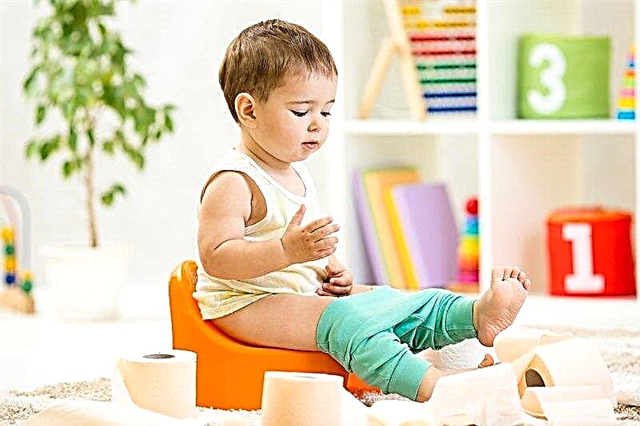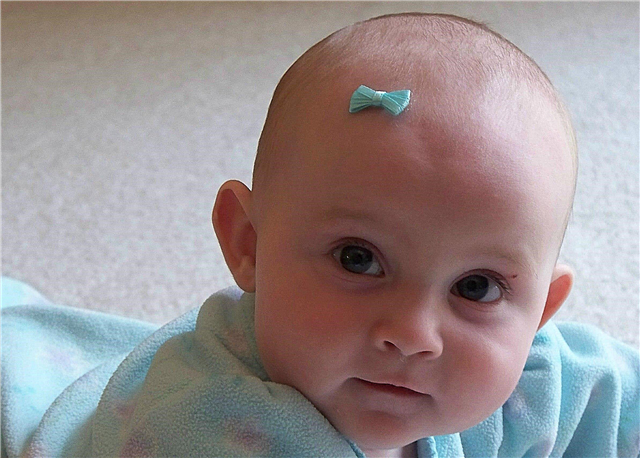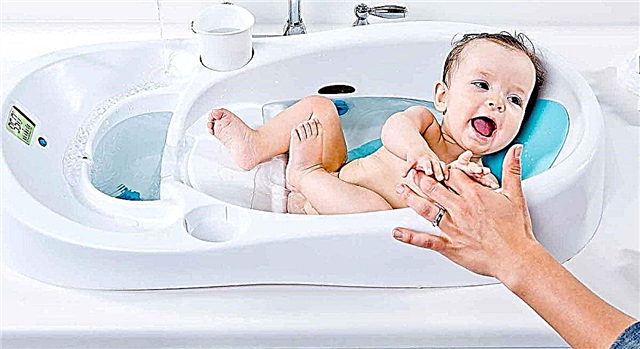
Hives, or urticaria, are extremely common in children. But the peculiarity of children's skin is such that different rashes can appear on it for a variety of reasons, and therefore for parents of babies, the question remains how to recognize urticaria, how to distinguish it from prickly heat, diaper rash, infectious diseases.
About pathology
Hives are often considered only a symptom, but this opinion is erroneous. The problem is derived as a separate disease, and it is mainly of an allergic nature. Such a rash got its name for the external resemblance to nettle burns. Naturally, it is not a burn, and belongs to the group of dermatitis.
She develops due to the excess of the released histamine, which injures the walls of small capillaries, for this reason, the liquid medium from the cells is released into the upper layers of the skin. Thus, nettle blisters appear, which are noticeably itchy. But the main threat of nettle fever is not the rash, and in a possible edematous form, in the development of Quincke's edema, which affects up to 40% of children affected by urticaria.
If you do not provide the child with the right help in time, he may suffocate from the swelling and closure of the glottis. That is why it is important to be able to distinguish hives from other problems, because the first steps should be taken by the parents.
The most common urticaria fever occurs in children under 7 years of age. After the baby reaches this age, the frequency of the disease decreases rapidly, because immunity gets stronger over the years.
The causes of urticaria are considered contact with allergens, food and drug allergies, and there are also cold and aquagenic forms.


Learning to recognize
A rash that looks so much like nettle burns is called urticaria. The main difference between urticaria and all other types of rash is its rapid development. It, in the truest sense of the word, is formed suddenly. If many other types of rashes appear gradually, from several elements on the body and gradually build up, spread, the nettle rash is usually always numerous and extensive at once. Its color is deep pink. When cold, it is light.
The initial stage is characterized by a large number of formations on the skin. An hour later, if their number increases, it is already insignificant. This "behavior" of nettle rash can be explained by the concentration of histamine in the blood. While there is a lot of it, there is a rash, but after an hour it decreases, and new elements are not formed.
Therefore, take a close look at your child and understand one important detail: if several bubbles appear, and then a few more, then we are probably talking not about hives at all, but about an infection. This is how chickenpox and many other viral ailments begin.
It is important to evaluate other symptoms as well. With urticaria, the temperature rises only if the rash is very extensive, covers more than half of the body, the increase is insignificant - up to 37.0 degrees with a little. In infectious diseases, the temperature is usually high, there are signs of respiratory lesions and other complaints.
Hives not only develop suddenly, but disappear suddenly. As soon as there is less histamine in the child's blood, the rash begins to disappear, without leaving any marks on the skin after myself. Usually, the rash becomes pale within a few hours and then disappears. The urticaria rash returns only if the urticaria in the child is chronic, and its symptoms recur with an enviable frequency for several months.


Does the rash hurt? Not much, but quite noticeably itching and itching. And this also needs to be paid attention to. It looks like small elements raised above the skin, prone to merging into wider ones, there is edema around each. If the rash has affected a small area of the body, then this usually does not affect the general condition of the child. But extensive rashes, especially edematous, will certainly affect the general well-being - the child becomes lethargic, moody, all the time trying to scratch the rash, difficulty breathing may develop (with swelling of the respiratory tract).
Maybe, as already mentioned, the temperature rises slightly, appetite suffers. Children with food allergies may develop abdominal pain, nausea, and diarrhea.
Since there are several types of urticaria, its symptoms may have their own characteristics. Attentive parents by the nature of the rash can try to determine not only whether it is nettle or not, but also the possible causes of its appearance.


Chronic form
Chronic urticaria is often accompanied by indigestion. In addition to the frequent occurrence of urticaria, an exacerbation is also marked by the occurrence of diarrhea or constipation. Often, inflamed tonsils are the site of chronic infection, or there are problems with the bile ducts, frequent stomatitis, caries - also accompanying chronic urticaria. Remission is the period between episodes of the characteristic rash.
During an exacerbation, the child becomes nervous, complains of headache, nausea, and abdominal pain. Treatment should be aimed at preventing recurrent attacks, at reducing the likelihood of their aggravated course, for example, the development of edema of the meninges of the brain.


In babies
A urticarial rash in children of the first year of life is called a stropulus. Most often at this age it is caused by food. The likelihood of developing urticaria is higher in children who are bottle-fed. The most dangerous moments are the periods of introducing a new complementary food for the baby.
Most often, characteristic rashes appear in the folds of the skin, on the face, neck. Almost always the stanza is accompanied by loose stools or constipation, impaired appetite.

Edematous form
Giant or edematous urticaria is easy to recognize. It is accompanied by a sudden onset of edema. They can be on the arms, legs, neck, face. The higher to the head, the more dangerous, because Quincke's edema, for example, affects the larynx.
Swelling goes in the direction of the location of the muscles. Edema may persist for a long time. With Quincke's edema, it is difficult for a child to breathe, breathing is difficult, cyanosis (blueing) of the lips appears.
Everything depends on the actions of the parents: you need to call an ambulance, give a dose of an antihistamine (age-specific), take the child out into fresh air to ease breathing before the doctors arrive.


Temperature
Fever or cold urticaria is usually the body's response to cold or sun. The rash appears on places that have been exposed to temperature effects - on the face, hands. If you are allergic to UV rays, the urticaria rash can be quite extensive. Usually, sunlight intolerance develops in children with a certain genotype: fair skin, blonde hair and eyes.
With such urticaria rashes can develop in response to temperature changes, for example, if the child was brought from the cold to a hot heated bath or vice versa.
It is noteworthy that the rash itself does not appear immediately, but several hours after exposure to UV rays or low temperatures.
What to do?
In case of edematous form, immediately call an ambulance. In other cases of the disease, you need to visit an allergist with your child in order to conduct allergy tests, to make an immunogram. The examination will help to identify the allergen, and then the parents can make sure that the child does not come into contact with the substance that causes such an inadequate reaction in him.
Most often, urticaria is a temporary phenomenon, with age, as immunity develops, violent reactions cease to be observed. Only 3% of adults "take" children's allergic reactions with them into adulthood.


Elena Malysheva tells about what urticaria looks like in the next video.



